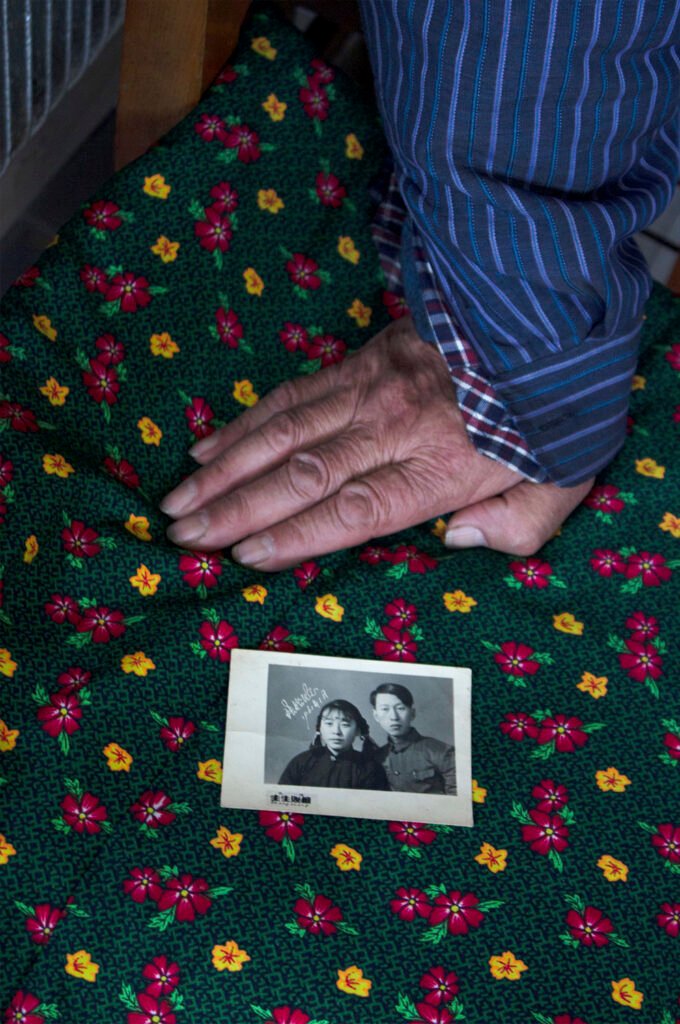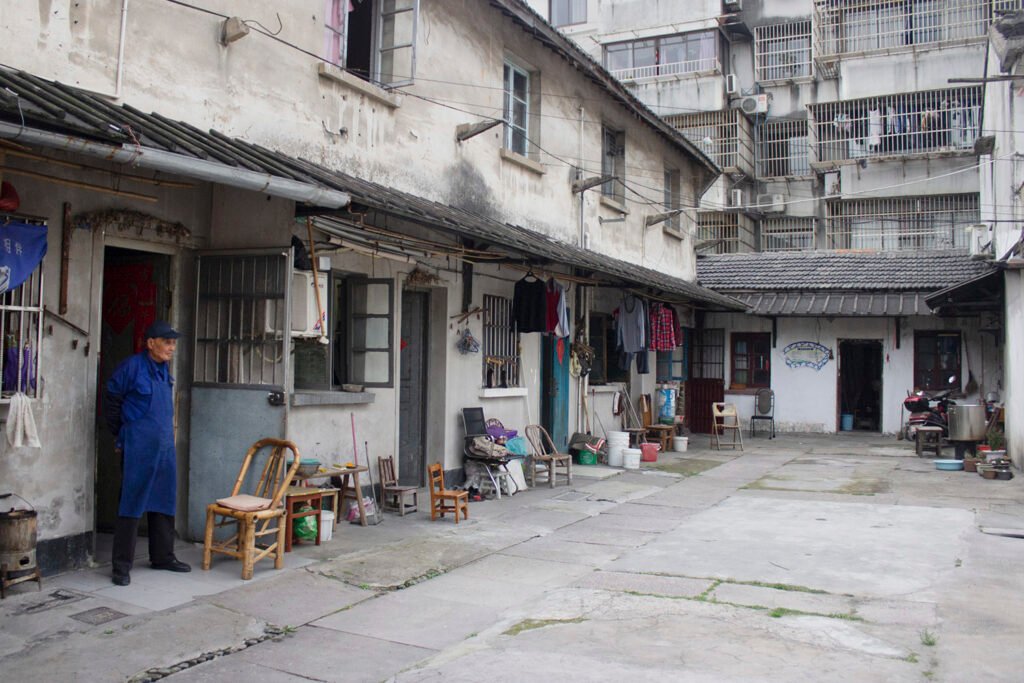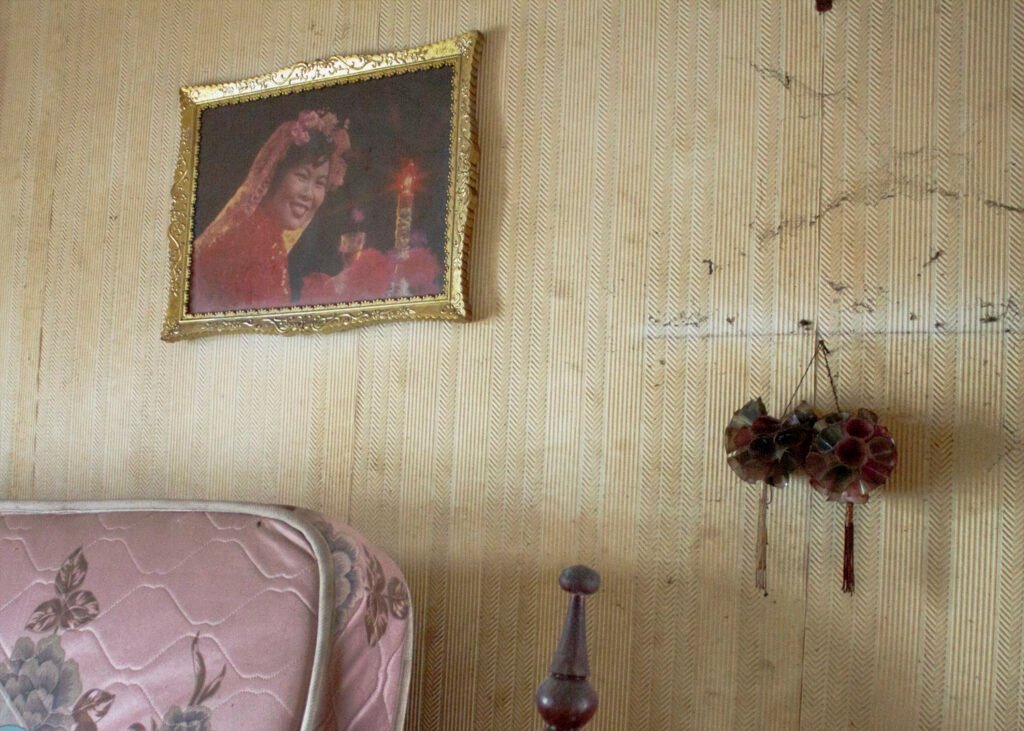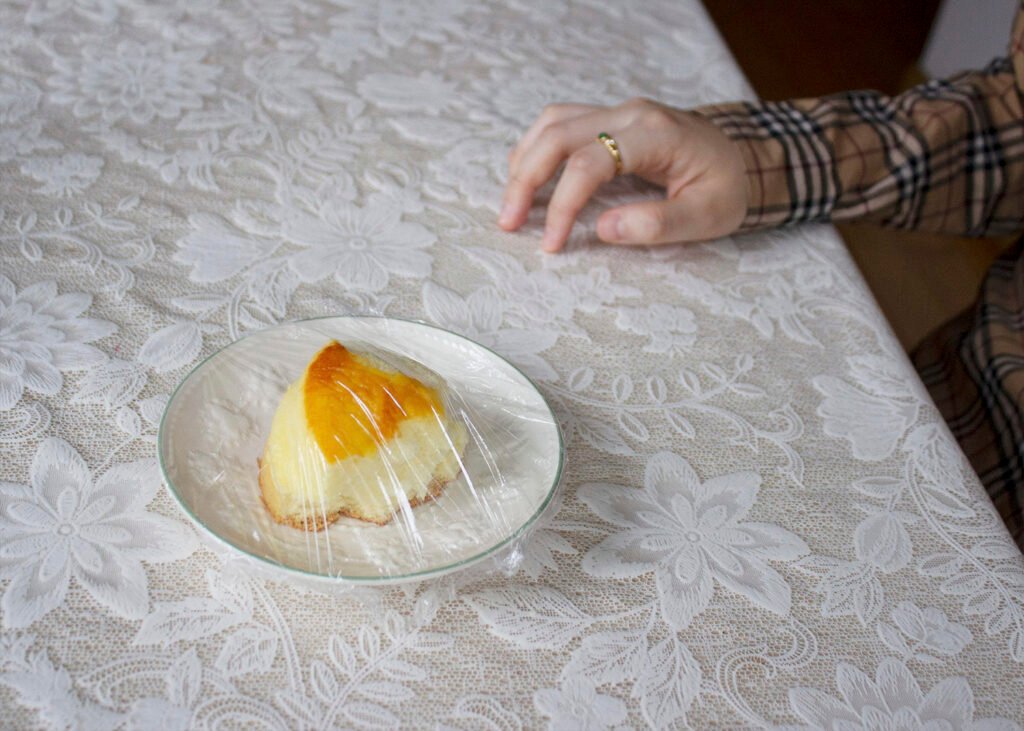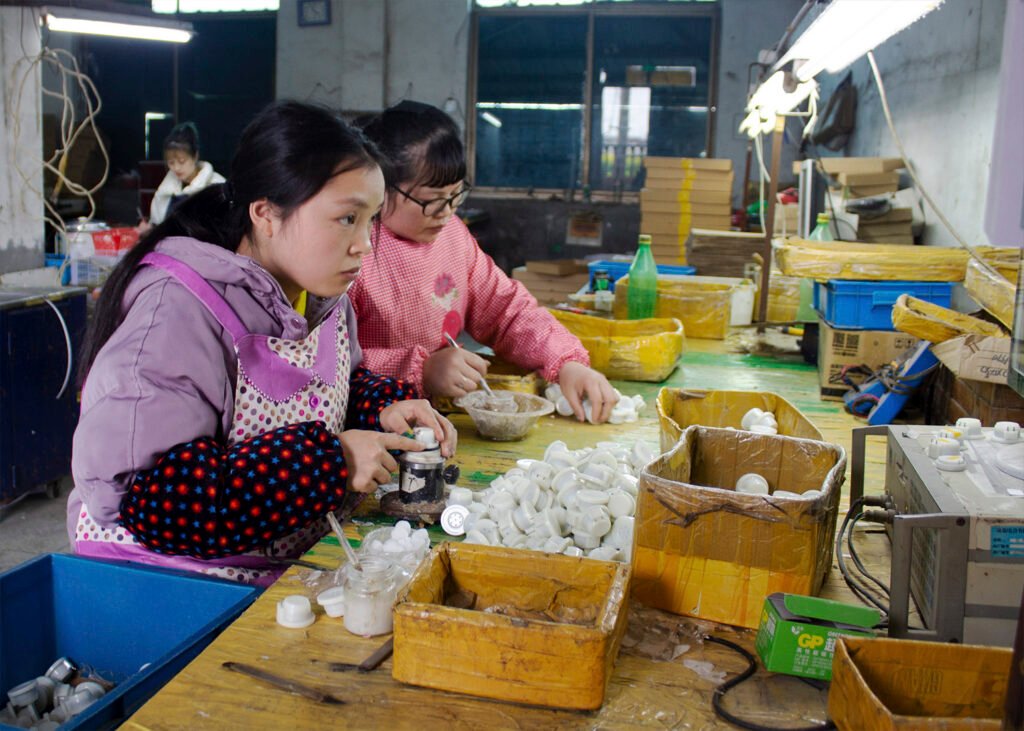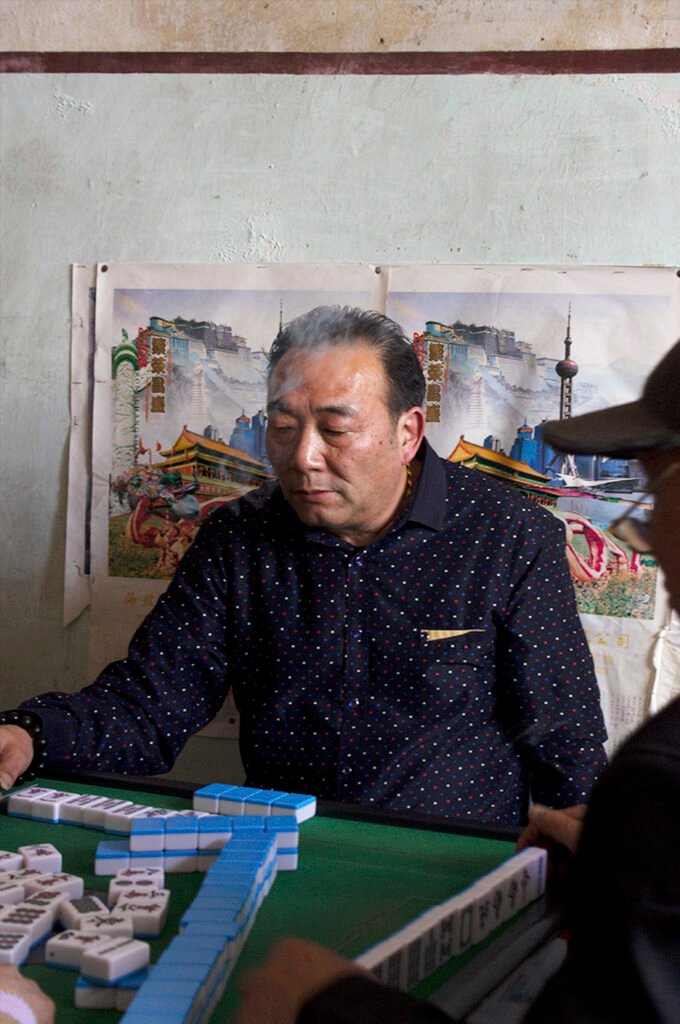“I must study politics and war that my child has sons have the liberty to study mathematics and philosophy. My sons ought to study mathematics and philosophy, geography, natural history, navigation, commerce, and agriculture, to give their child a right to study art, poetry, music, architecture, statuary, tapestry, and porcelain.”
John Adams, May 17, 1780
As a young Chinese born under the single child system, studying photography is an unprecedented privilege among my family. In 1961, Grandma Qinglian, who worked as a chemistry professor, decided to go to an economically poor region of northwestern China to teach young scholars’ chemistry. Due to a lack of safety protection, Grandma Qinglian suffered from cancer caused by radiation. She passed away when my father was 18 years old. My grandpa, a literature professor, wrote beautiful poems to express grief over his wife. Under the Down to the Countryside Movement, cultural workers were forced to become farmers, hence grandma was forced to abandon poetry and plant corns. But Grandma Qinglin is only one of the hundreds, if not millions of Chinese. In 1959, more than sixty million people were forced to immigrate to rural regions of China to work as a farmer.
When I was born, a series of social-economic reforms transitioned the country from Maoism to social capitalism. While the old rules continued to dominate, young generations of Chinese like myself are immersed in western pop culture. Meanwhile, China started a campaign called the “Chinese Dream.” But what does this mean to the young generations, who heard the hardship of their parents’ generations and witnessed the rapid economic development of China?
My project, A Hundred Stories, aims to explore the interconnected relationship between the aging population like my grandma living in the southeast and Chinese young. Carrying a digital camera, I traveled to three watertowns: Jiaxing, Shenyang, and Xicheng located in Zhejiang province of China. The old and young people I met were experiencing a sense of uncertainty and grief. Some sixteen years old children dropped out of high school to work in village factories; some operate a small candy shop to provide money for their daughter to go to college. I found that these people, who live in a different time from the real world, and those who live in a fast-developing city, share the same mindset. I also intertwined family archives with staged self-portraits. I collaged QR codes, popular western clothing Burberry, and elements from American comics to describe the strange dichotomies of our generations torn apart from the old and the global. The silent wind of time has continued to blow. The process brought me a strange feeling of satisfaction, which only a hundred stories can reveal.
Sijia has her solo and group exhibitions in the US and abroad, including the Massachusett College of Art and Design, Fordham University Gallery, International Center of Photography in New York, Houston Center for Photography, Mesnographies Photo Festival, Kunstpunt Groningen in Netherland, Peterborough Museum & Art Gallery in England. Sijia’s images have been included in publications such as the American Photography Annual Award Book, F-Stop Magazine, Burn Magazine, and others.
